

At Odds: Florida’s Education Policies and a Planner's Obligation to Equity? Florida American Planning Conference Jacksonville, FL September 6, 2023 1


 Silvia E. Vargas, FAICP, LEED AP Principal Planner
Calvin, Giordano & Associates, Inc
Saralee Morrissey, FAICP Chair, APA Public Schools & Communities Division
Founder & Principal, SMC LLC
Kathie Ebaugh, AICP, MPA Planning Director
Silvia E. Vargas, FAICP, LEED AP Principal Planner
Calvin, Giordano & Associates, Inc
Saralee Morrissey, FAICP Chair, APA Public Schools & Communities Division
Founder & Principal, SMC LLC
Kathie Ebaugh, AICP, MPA Planning Director
2
JBPro
Property Values….

3
What factors have more negative impact on
What factors are important to Home Buyers……

4
The Context
• School choice policies are intended to provide students an opportunity to attend a school outside of their zipcode and/or assigned school.
• These policies are framed as tools in the fight against inequality but what has not been considered in the development of these policies (or perhaps they were considered) is the unintended consequences.

5
Why Should School Choice and Public Education Matter to
Planners?
• Equity is a core value in the AICP Code of Ethics.

• School choice policies have equity implications for neighborhood stability and community planning.
• AICP planners must practice according to standards of practice, including the AICP’s Code of Ethics and Professional Conduct.
https://www.planning.org/ethics/ethicscode/

planning.org/ethics
PLANNING.ORG
6
School Choice and Equity

• Equity: fairness, impartiality, and justness of outcomes, including how positive and negative impacts are distributed.
• The challenge: balancing aspirations for greater flexibility and parents’ freedom to choose their child’s school with the need to ensure educational equity in our school systems.
7
AICP Code of Ethics and Professional Conduct: Preamble
• “Our primary obligation as planners and active participants in the planning process is to serve the public interest… As the basic values of society can come into competition with each other, so can the values we espouse under this Code.
• All those who participate in planning should commit themselves to making ethical judgments in the public interest balancing the many competing agendas with careful consideration of the facts and context, informed by continuous, open debate.”

8
Our Overall Responsibility to the Public:
A. Principles to Which We Aspire
3. Work to achieve economic, social and racial equity.
a) Create plans that ensure equitable access to resources and opportunities which, in turn, structure prospects for upward economic mobility, a sense of belonging, and an enhanced quality of life…
b) Seek social justice…to expand choice and opportunity for all persons, emphasizing our special responsibility to plan with those who have been marginalized or disadvantaged and to promote racial and economic equity. Urge the alteration of policies, institutions, and decisions that do not help meet their needs.
c) …mitigate the impacts of existing plans and procedures that result in patterns of discrimination, displacement, or environmental injustice. Plan for anticipated public and private sector investment in historically low-income neighborhoods to ensure benefits defined by the local community…
9
Our Overall Responsibility to the Public:
A. Principles to Which We Aspire
2. Acting with integrity.
b) Facilitate the exchange of ideas and ensure that people have the opportunity for meaningful, timely, and informed participation in the development of plans and programs that may affect them...
d) Identify the human and environmental consequences of alternative actions including the short and long-term costs and benefits…
f) Educate and seek to empower the public about planning issues and their relevance to everyone's lives.
10
Our Overall Responsibility to the Public:
A. Principles to Which We Aspire
1. Serving the public interest.
a) Examine our own cultures, practices, values, and professional positions…so we can better serve a truly inclusive public interest promoting a sense of belonging.
b) Be conscious of the rights of others…enable…more effective, respectful, and compassionate planning efforts with all communities, especially underrepresented communities and marginalized people...
c) Have special concern for the long-range consequences of past and present actions.
d) Pay special attention to the interrelatedness of decisions and their unintended consequences.
e) Incorporate equity…to achieve more socially just decision-making. Implement… changes which can help overcome historical impediments to racial and social equity…
11
Issues for Consideration
• Are diversity and inclusion aspirational values or are they evident in our neighborhoods, communities, and schools?
• Are schools still important to the development and longterm stability of our neighborhoods and communities?
• Do we believe that all school types are responsible for and prepared to meet the needs of all students? If yes, how is this done in an equitable manner?

• Do Florida’s educational policies strengthen or lessen our efforts to increase and improve diversity, equity and inclusion values in our schools and communities?
• What steps can Florida planners take to positively influence the intersection of DEI in our schools and communities?
12
Florida Constitution
SECTION 1. Public education.–The education of children is a fundamental value of the people of the State of Florida. It is, therefore, a paramount duty of the state to make adequate provision for the education of all children residing within its borders. Adequate provision shall be made by law for a uniform, efficient, safe, secure, and high quality system of free public schools that allows students to obtain a high quality education and for the establishment, maintenance, and operation of institutions of higher learning and other public education programs that the needs of the people may require.
Common Goal
13

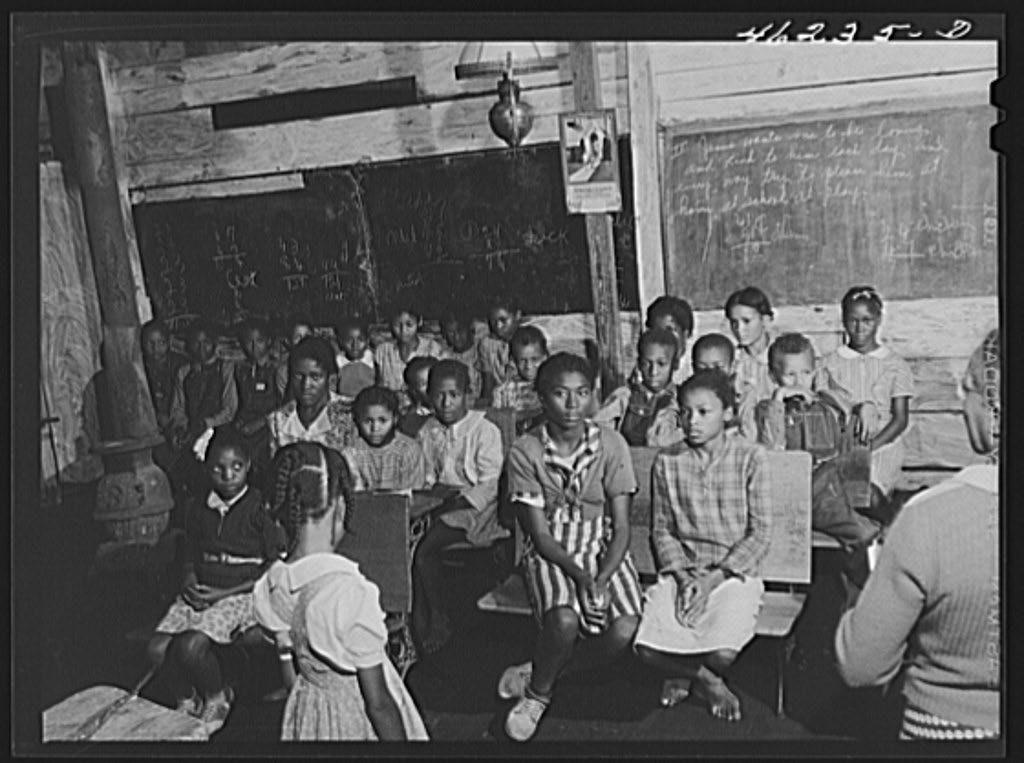

14
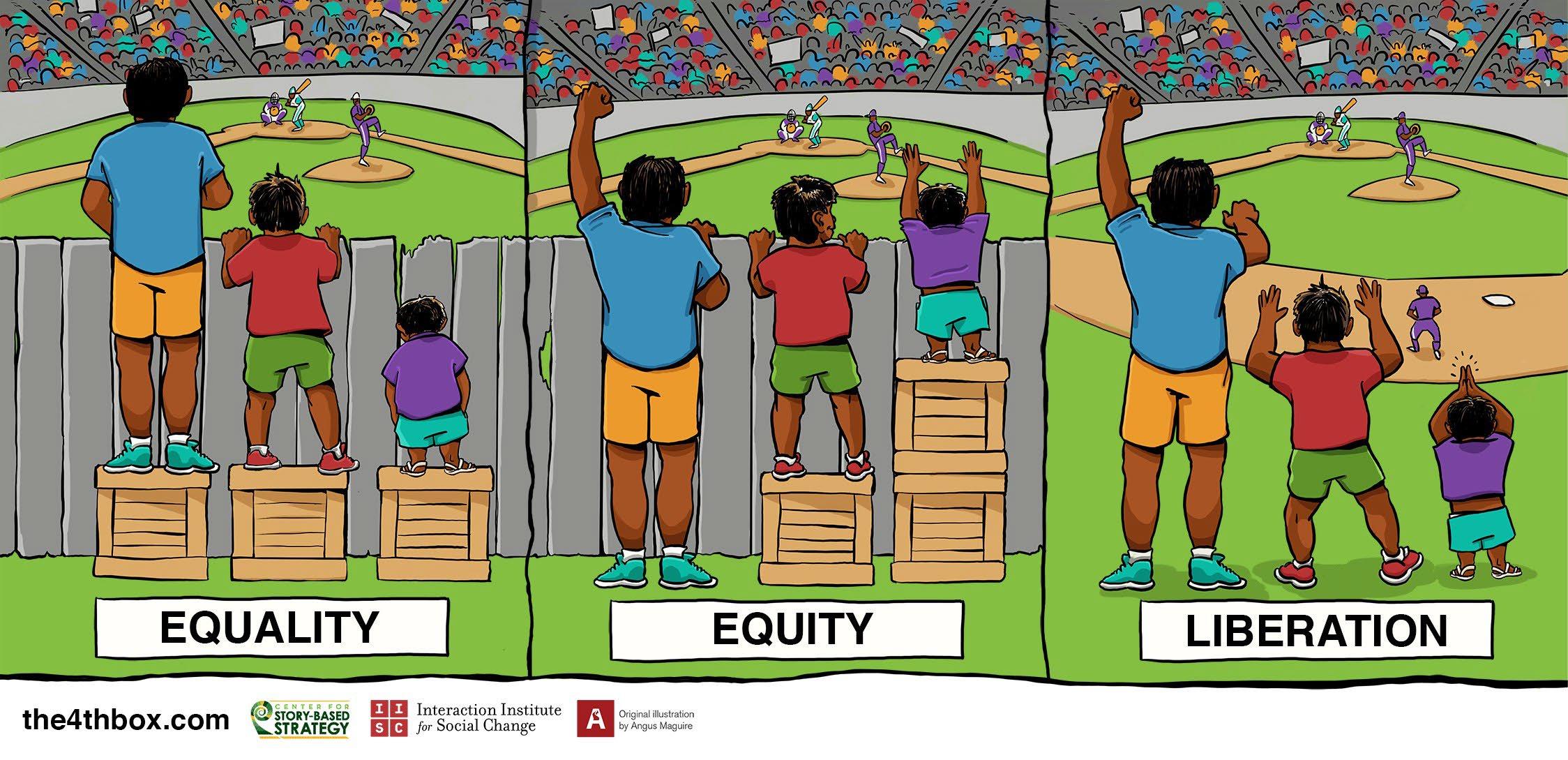
15
School Choice - The Debate
SUPPORT:
• All students, wherever they live, have a right to enroll in any school.
AGAINST:
• When presented with options, students from advantaged backgrounds often leave the public school system.
• Parents have the right to educate their children according to their personal preferences.
• Even with vouchers, transportation costs, time constraints, and hidden parental contributions can limit options available to low-income families.
• School-choice policies enable students from low-income families to enroll in better schools.
• School-choice programs can intensify student sorting.
• Competition between schools fosters innovation and higher quality. and improves school efficiency.
• Student sorting and school stratification create additional barriers for disadvantaged and marginalized communities.children and have long-term negative consequences for
16
Florida PK-12 Public School Enrollments

• Public school enrollment has increased by nearly 180,000 in the past 10 yrs.
• Diversity has increased as measured by increases in:
Special needs students
English language learners
Students in poverty
SY 12-13 SY 22-23 % Change Total Public School Enrollment 2,692,162 2,870,507 6.6% All Exceptionalities 497,927 587,628 18% Disabled Students 347,712 428,213 23.2% English Language Learners 251,250 304,865 21.3% Students on Free/Red. Lunch 58.57% 65.8% 7.23% 17 Source: Florida Dept of Education
Florida PK-12 Public School Enrollments

• Public school enrollment has increased by nearly 180,000 in the past 10 yrs.
• Diversity has increased as measured by increases in: Students of color/mixed race
SY 12-13 SY 22-23 % Change Total Public School Enrollment 2,692,162 2,870,507 6.6% White 1,121,254 1,014,160 -9.6% Black or African American 617,966 601,318 -2.7% Hispanic 788,088 1,044,107 32.5% Asian 69,073 81,036 17.3% Hawaiian, Pacific Islander 3,211 5,043 57% American Indian 9,457 6,768 -2.8% 18 Source: Florida Dept of Education
Florida Total PK-12 Enrollment

• Charter school enrollment effectively accounted for the total increase in public school enrollment.
• Private school and homeschool enrollments both increased their market shares, accounting for the remainder of student growth.
SY 12-13 SY 22-23 Total K-12 students 3,088,386 3,469,863 Traditional K-12 Public Schools 2,488,922 80% 2,488,140 72% Charter Schools 203,240 6.6% 382,367 11% Private Schools 320,423 10.4% 445,067 12.8% Home School 75,801 2.4% 154,289 4.4% 19 Source: Florida Dept of Education
K-12
by ≈ 381,000
• Total
school enrollment increased
in the past 10 yrs.
Florida Charter School Enrollment
117,040 137,196 154,780 179,940 203,240 229,428 251,282 270,974 283,755 295,814 313,586 329,216 341,926 361,939 382,367 50,000 100,000 150,000 200,000 250,000 300,000 350,000 400,000 2008-09 2009-10 2010-11 2011-12 2012-13 2013-14 2014-15 2015-16 2016-17 2017-18 2018-19 2019-20 2020-21 2021-22 2022-23 265,327 student growth 227% increase
20 Source: Florida Dept of Educaton
Florida Private School Enrollment
123,769 student growth
38.5% increase
321,298 313,291 305,825 316,745 320,423 325,502 331,013 345,796 368,321 370,166 380,295 397,970 364,420 416,084 445,067 150,000 200,000 250,000 300,000 350,000 400,000 450,000 500,000 2008-09 2009-10 2010-11 2011-12 2012-13 2013-14 2014-15 2015-16 2016-17 2017-18 2018-19 2019-20 2020-21 2021-22 2022-23
21 Source: Florida Dept of Education
Florida Homeschooling Trend
93,376 student growth
153% increase
60,913 62,567 69,281 72,408 75,801 77,054 84,086 83,359 87,462 89,817 97,261 106,115 143,431 152,109 154,289 20,000 40,000 60,000 80,000 100,000 120,000 140,000 160,000 180,000 2008-09 2009-10 2010-11 2011-12 2012-13 2013-14 2014-15 2015-16 2016-17 2017-18 2018-19 2019-20 2020-21 2021-22 2022-23
22 Source: Florida Dept of Education
Do ESAs and Scholarships Serve to Address Equity?
• 2023 Educational Savings Accounts (HB 1)

• No longer any income qualification
• Available to all families/students regardless of type of schooling, including parochial, charter, homeschool
• Family Empowerment Scholarship
• Income qualification
• Removed caps to reduce Corporate Tax Scholarship waitlist
• Corporate Tax Scholarship
• Income Qualification
• Opportunity Scholarship
• School Grade
• Hope Scholarship
• Bullying, harassment
• McKay Scholarship & Gardiner Scholarship
• Both are based on Disability Qualification
23
Income Based Scholarships
24 24,871 28,927 34,550 40,248 51,075 59,822 69,950 78,664 98,936 108,098 104,091 111,219 106,112 162,518 382,000 0 50,000 100,000 150,000 200,000 250,000 300,000 350,000 400,000 450,000 2008-09 2009-10 2010-11 2011-12 2012-13 2013-14 2014-15 2015-16 2016-17 2017-18 2018-19 2019-20 2020-21 2021-22 2022-23 Source: FLDOE, ReimaginED, April 19, 2023, StepUp for Students, Orlando Sentinel, Aug. 20, 2023
•Female students (51%)
•Hispanic students 38%
•Black students 27%
•White students 29%
•61% of private schools identified as religious, 80% of scholarship students attended a religious school.
•Asian, white, and multiracial students had the highest graduation rates.
•Students from single-parent households saw an 87% graduation rate, compared to 94% for two-parent households.
•The most impoverished students had slightly lower graduation rates than those residing in higher-income households.

Source:
April 19, 2023 25
ReimaginED,
Traditional Public Schools Charter Schools Private Schools Homeschool Curriculum covers state standards X X * Certified professional teachers & administrators X X Accountable to an elected school board X Academic achievement assessed through state tests X X * * Oversight from FDOE X X Discipline policies protect students’ due process X ? Compliance with Title IX X X Compliance with bidding and purchasing requirements X Return of public funds and/or property if school closes/ceases to operate X * Taxes pay for all schools, are all schools equal? 26
Traditional Public Schools Charter Schools Private Schools Homeschool Neighborhood school locations X * Buildings meet hurricane shelter requirements X All students accepted regardless of special needs X * All students accepted regardless of gender identity X * All students accepted regardless of religion X * Transportation provided at no additional cost X * * Breakfast and Lunch are provided at no to reduced cost X X Before and/or After School Care may be provided X X X Students who become homeless can stay at school with transportation provided X *
27
Taxes pay for all schools, are all schools equal?
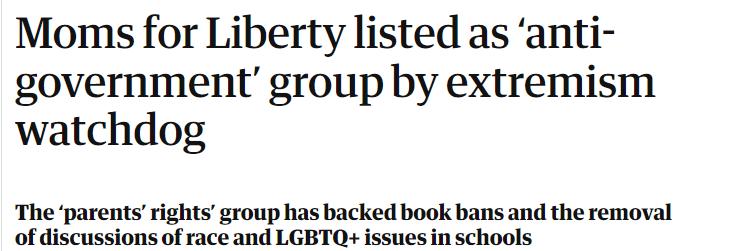






28
Legislation Beyond Choice
• Parental Rights in Education Act (HB 1557)
• Don’t Say Gay
• Prohibits classroom instruction related to sexual orientation or gender identity in grades K-3 “in a manner that is not age-appropriate or developmentally appropriate for students in accordance with state standards.”
• Empowers and enables parents to take legal action against a school district to obtain a declaratory judgment.
• Immediately resulted in books, pride flags, photographs, other material and support systems being removed from classrooms, media collections, and schools that have content depicting, describing, and/or symbolizing LGBTQ.
• Amended in 2023 to include all grades “unless such instruction is either expressly required by state academic standards ... or is part of a reproductive health course or health lesson for which a student’s parent has the option to have his or her student not attend."
• Immediately resulted in the College Board advising FDOE that AP Psychology violated state law due to required content on sexual orientation and gender identity.
• Individual Freedom Act (SB 148)
• Stop Wrongs to our Kids and Employees Act

29
Planning Strategies for Educational Equity

30
Strategies for Planners:

SchoolFocusedCommunities
Integrated locations



Interconnected transportation
Accessible to all citizens
Community-oriented programs

31
School Focused Communities: SchoolHubs
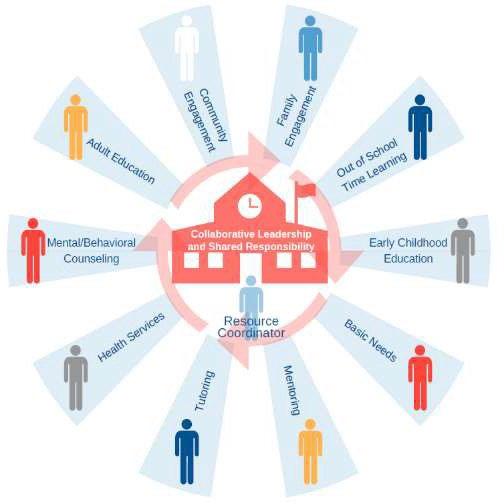

32
School Focused Communities: HealthAssets
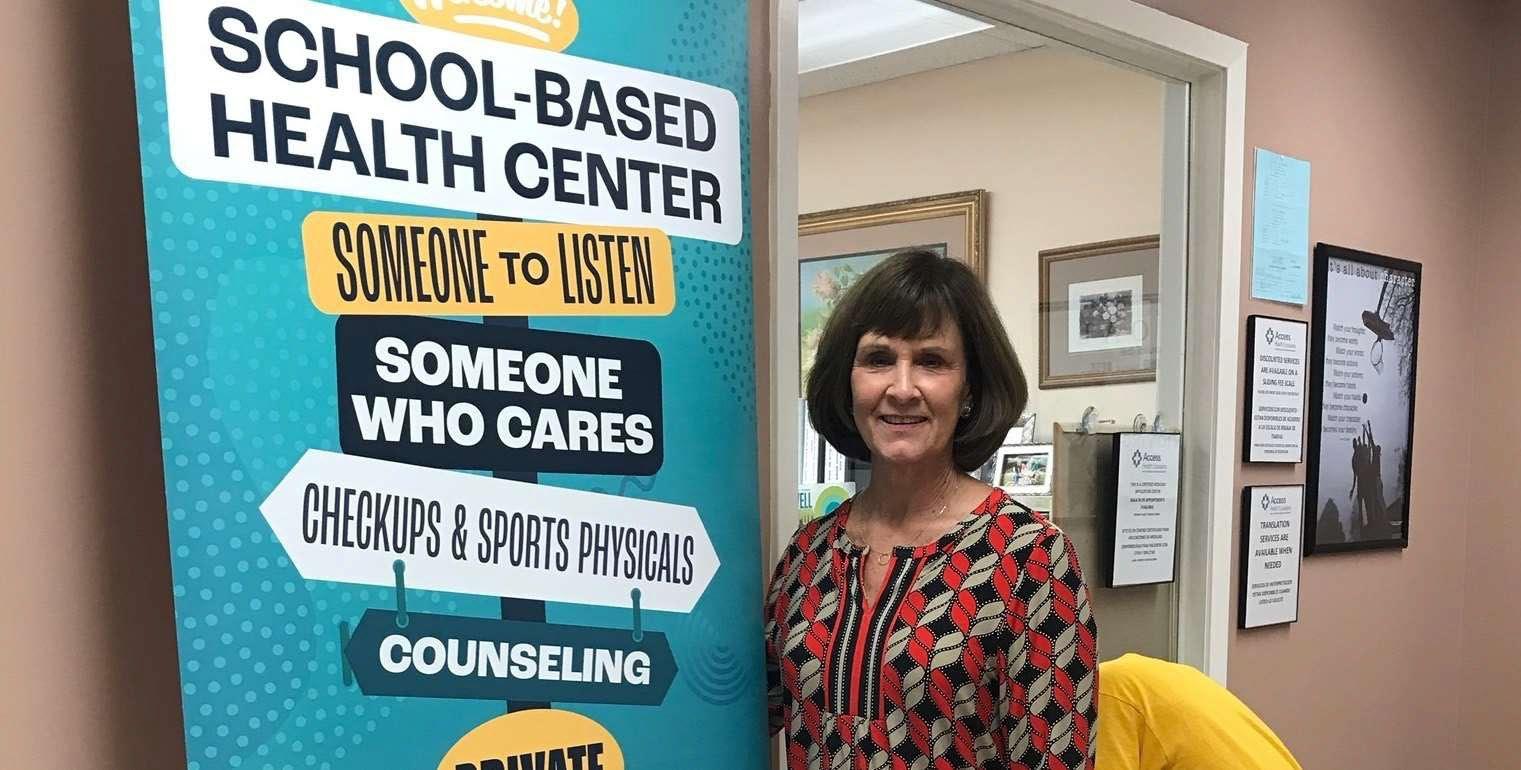



33
School Focused Communities: CulturalAssets



34
School Focused Communities:

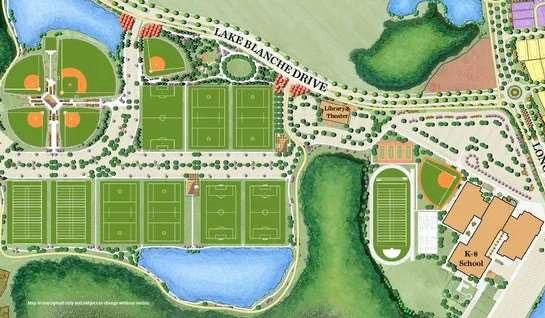
RecreationalAssets

35
School Focused Communities: EntertainmentAssets
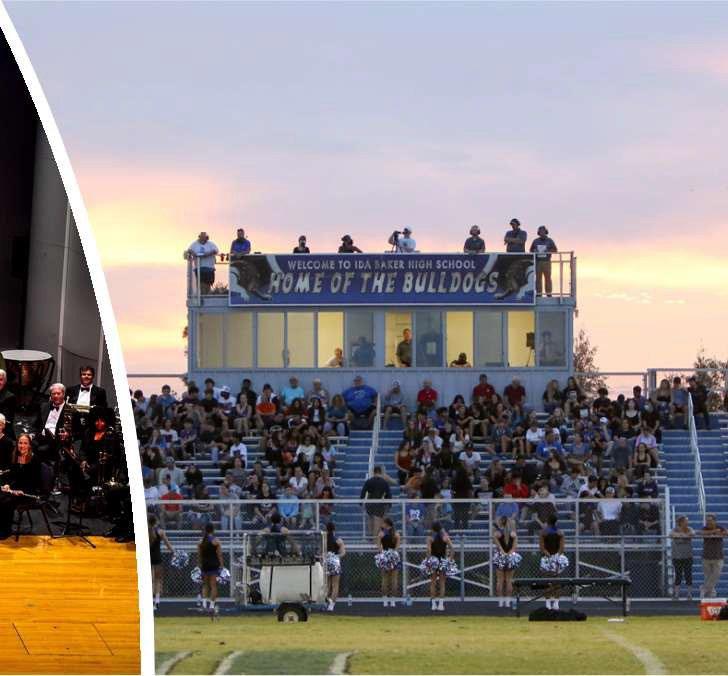




36
School Focused Communities: CivicAssets

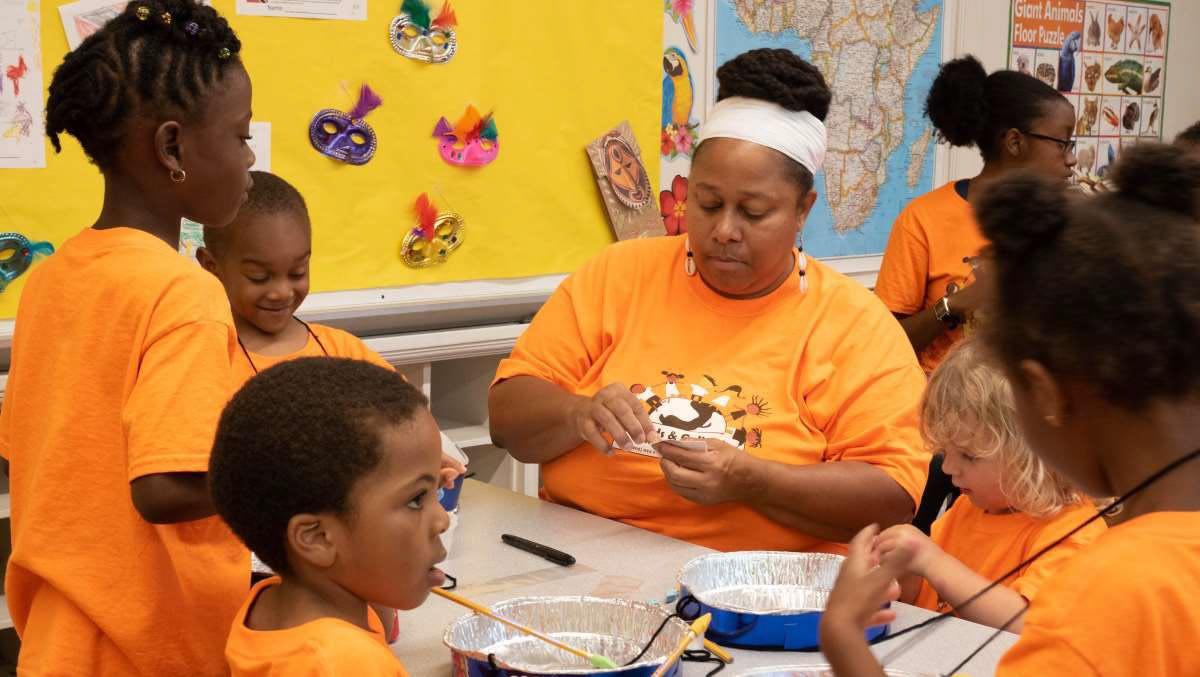

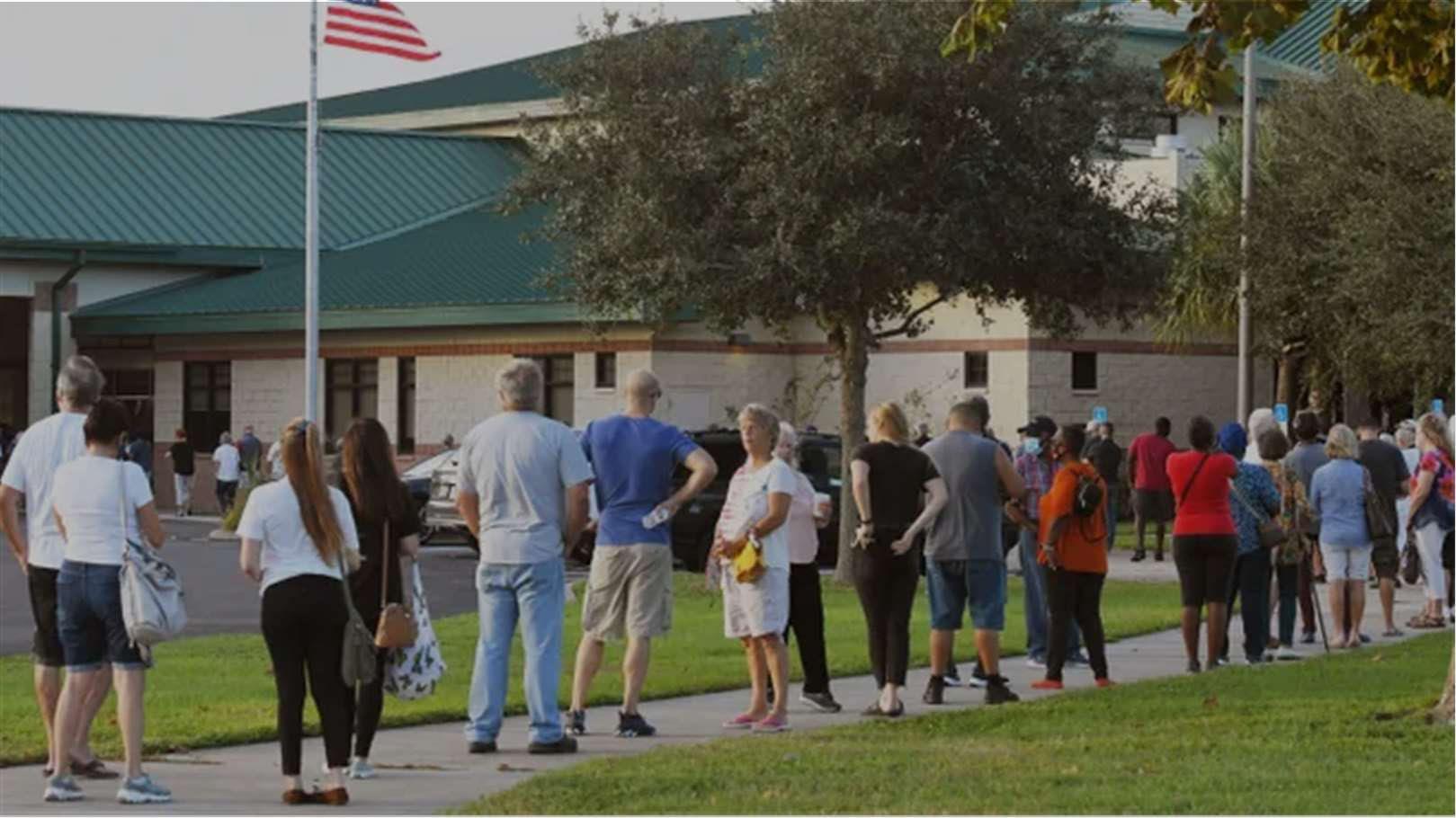
37
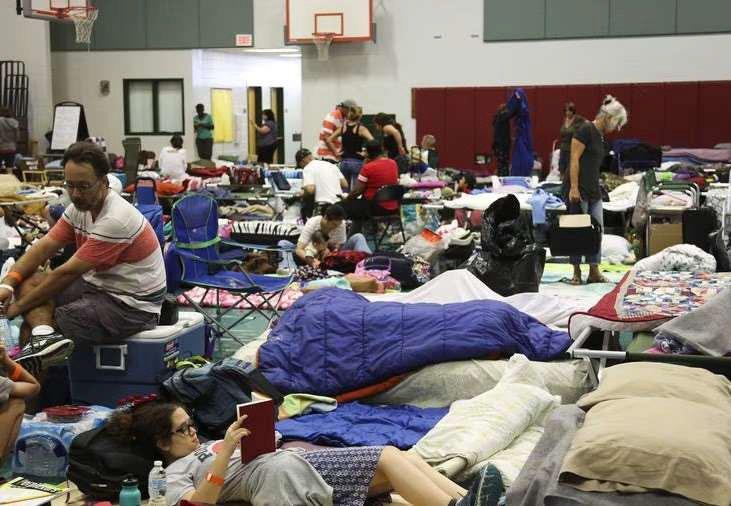


Communities: EmergencyAssets 38
School Focused









Communities: Identity,Culture,&Spirit 39
School Focused
Strategies for Planners: PlanningPractice
• Promote mixed income housing
• Remove regulatory barriers to diverse housing
• Engage schools in community initiatives
• Include schools in all planning efforts
• Integrate schools within your community
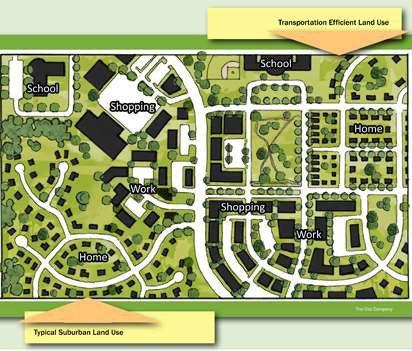
Promote live, work and play 40
Strategies for Planners: PlanningAdvocacy
• Be wary of exclusivity in admissions criteria
• Back your traditional public schools
• Support teachers and public school staff
• Practice inclusivity in your family
• Collaborate with your school district and its planners

Be A Champion
41
APA Public Schools + Communities Division

• Is concerned about K-12 public education, our public schools, and their impacts on neighborhoods and communities.
• Promotes networking and professional learning opportunities that address the many intersections of school planning and planning for great communities across the country.

TO JOIN: Visit our website: https://planning.org/divisions/public-schools/ or scan QR code: Contact us at: schools@planning.org

42
Thank you!
HB1557 – Parental Rights Act

HB148 – Stop-Woke Act

43




 Silvia E. Vargas, FAICP, LEED AP Principal Planner
Calvin, Giordano & Associates, Inc
Saralee Morrissey, FAICP Chair, APA Public Schools & Communities Division
Founder & Principal, SMC LLC
Kathie Ebaugh, AICP, MPA Planning Director
Silvia E. Vargas, FAICP, LEED AP Principal Planner
Calvin, Giordano & Associates, Inc
Saralee Morrissey, FAICP Chair, APA Public Schools & Communities Division
Founder & Principal, SMC LLC
Kathie Ebaugh, AICP, MPA Planning Director





































































